Plasma is the Fourth State of Matter…
Plasma Classification
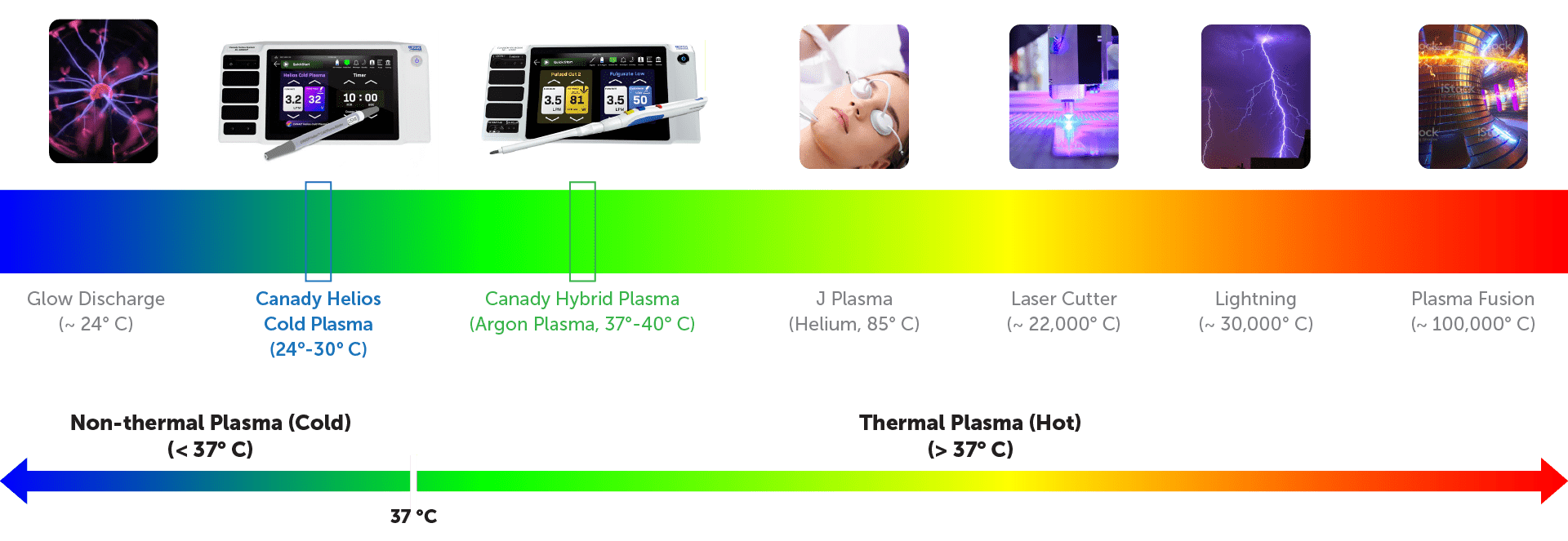
What is Canady Helios™ Cold Plasma (CHCP)?
The Canady Cold Plasma spray is a non-thermal process that triggers chemical-molecular changes in cancer cells, leading to Apoptosis (Cell Death) while healthy human tissue remains unharmed.
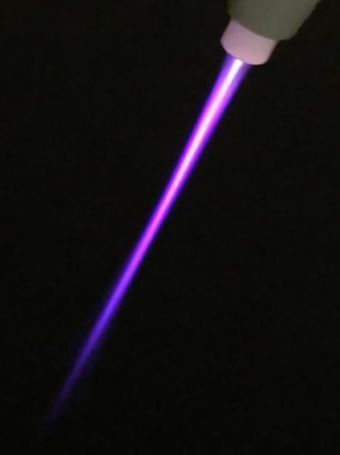
Canady Helios™ Cold Plasma offers Key Benefits to your Patients
- Only One Treatment Required
- Treatment Occurs Intraoperatively
- Full Treatment Takes 5-7 Minutes
- Safe – No Side Effects
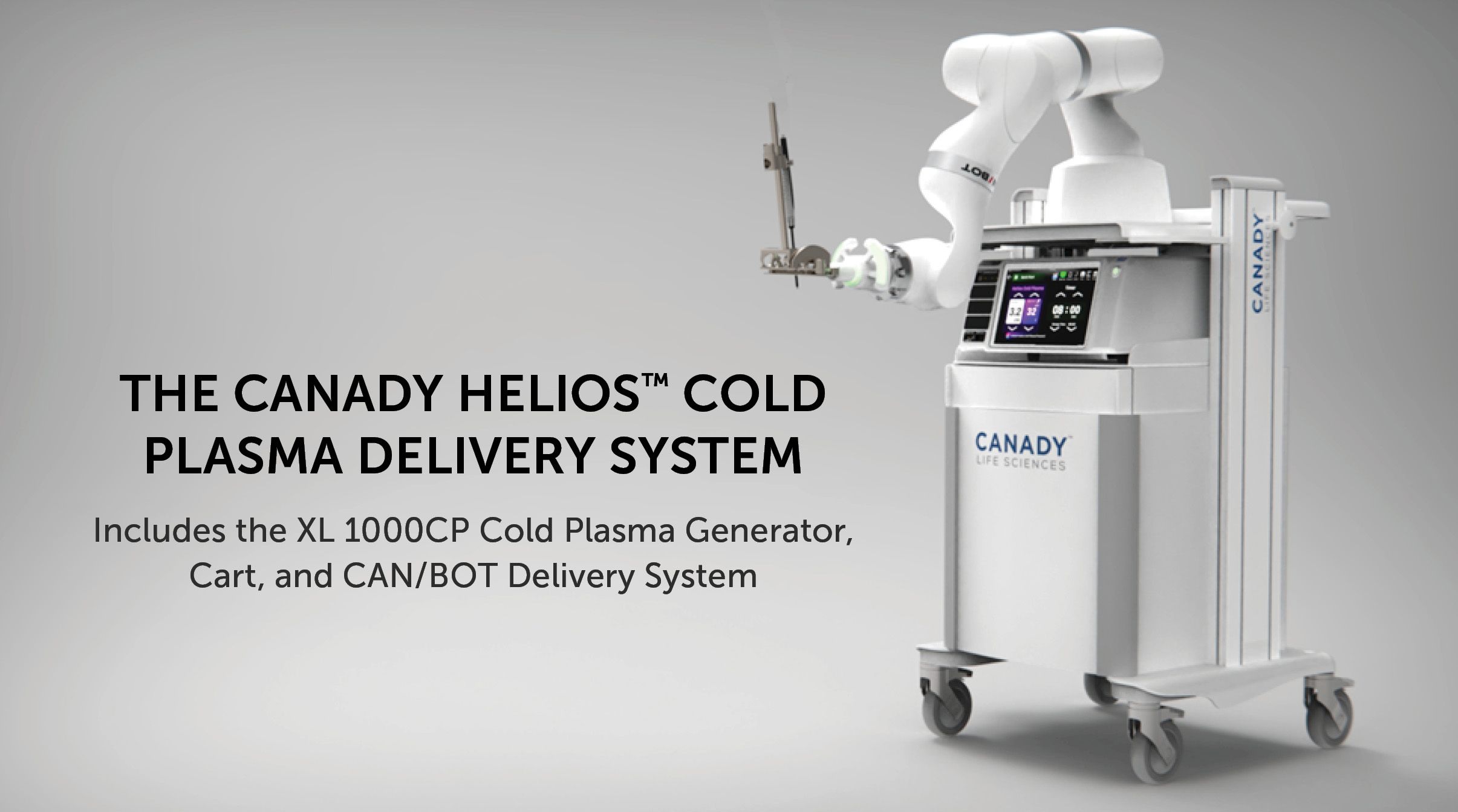
The Application of Canady Helios™ Cold Plasma
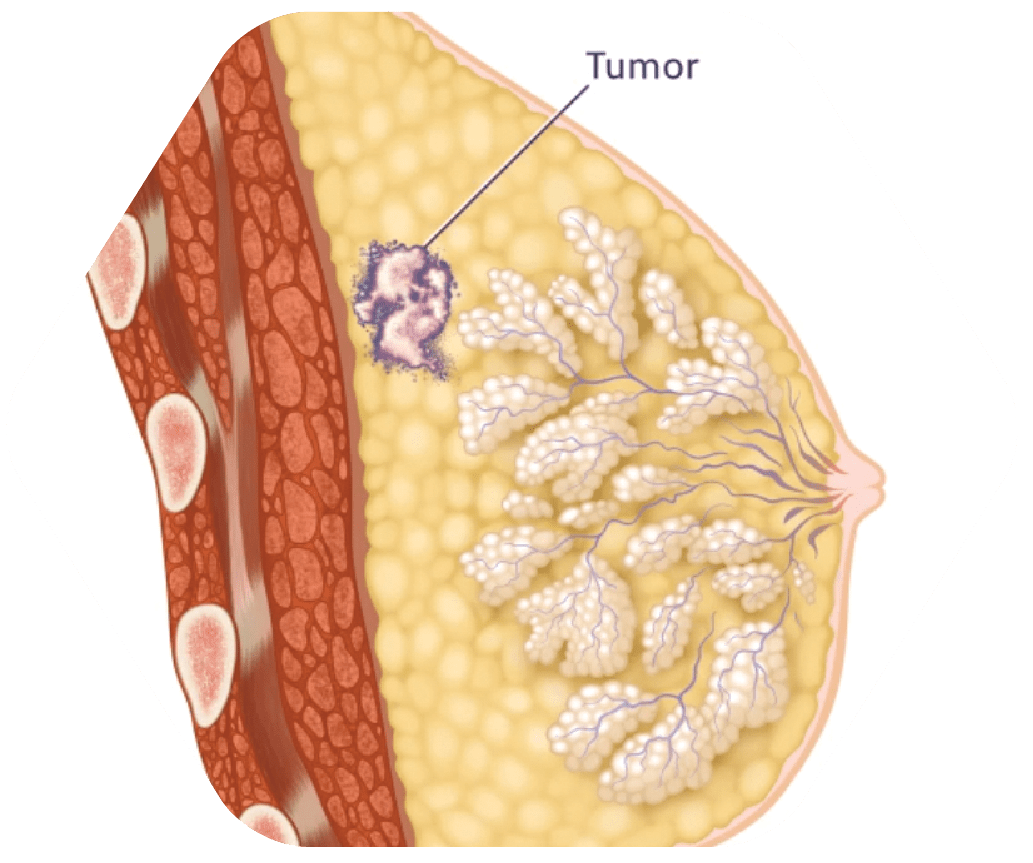
STEP 1
Cancerous Tumor Located in Breast
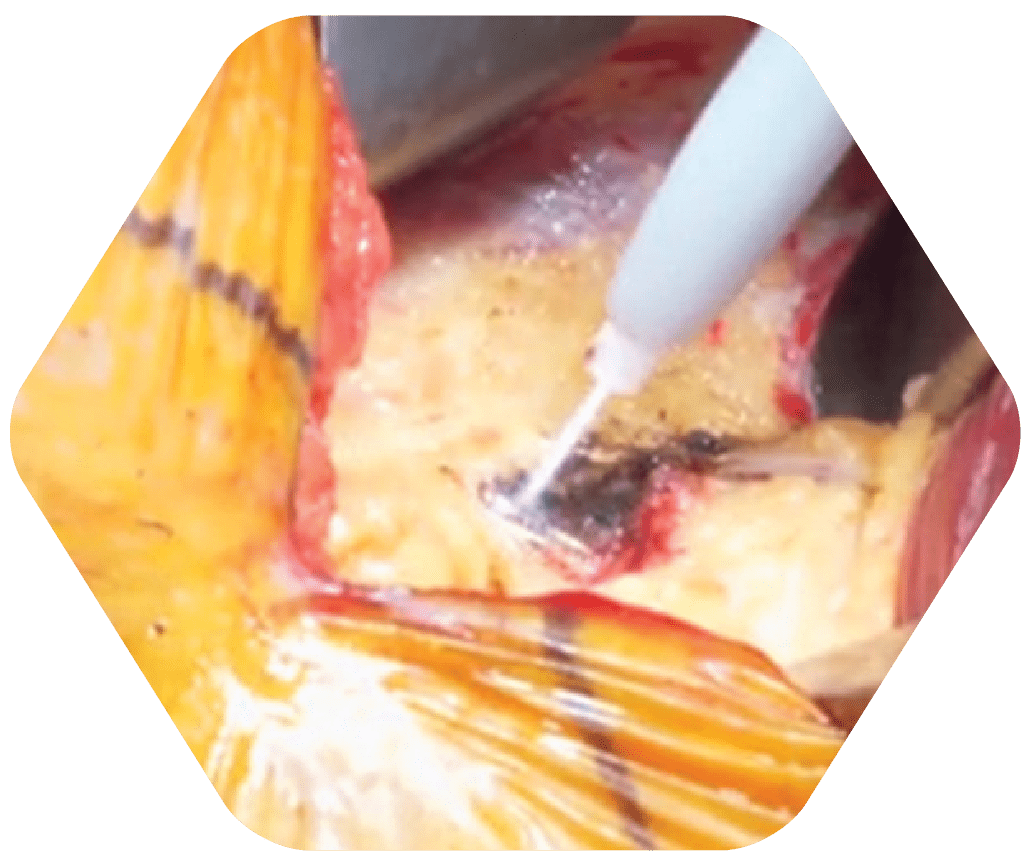
STEP 2
Tumor Removed with Canady Hybrid Plasma Scalpel
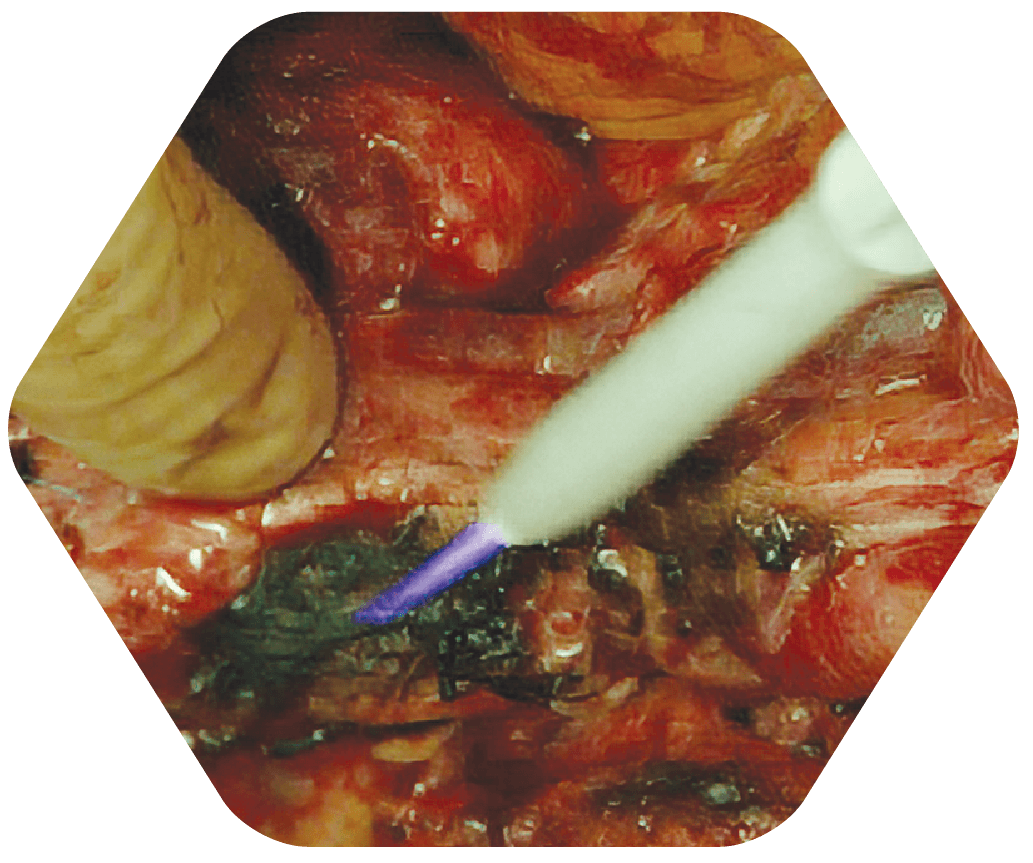
STEP 3
Tumor Margins Sprayed with Canady Helios Cold Plasma (CHCP)
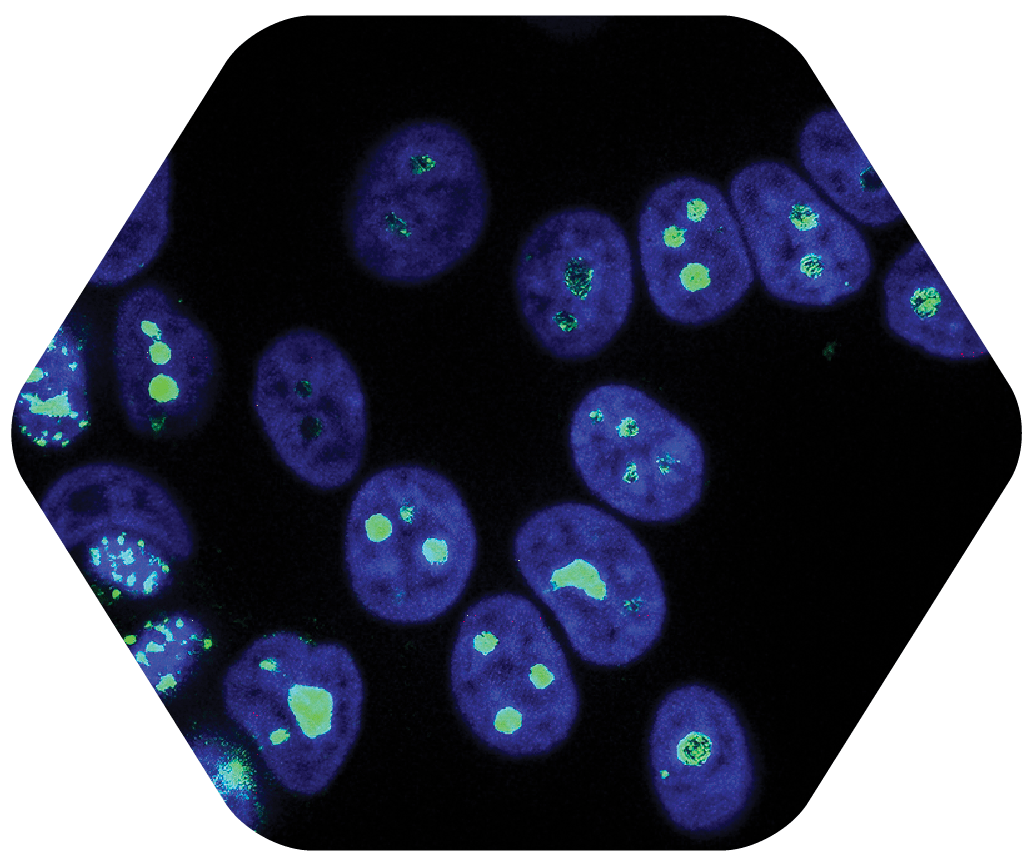
STEP 4
Step Four: Research Indicates that Microscopic Cancer Cells are Selectively Targeted with CHCP 1
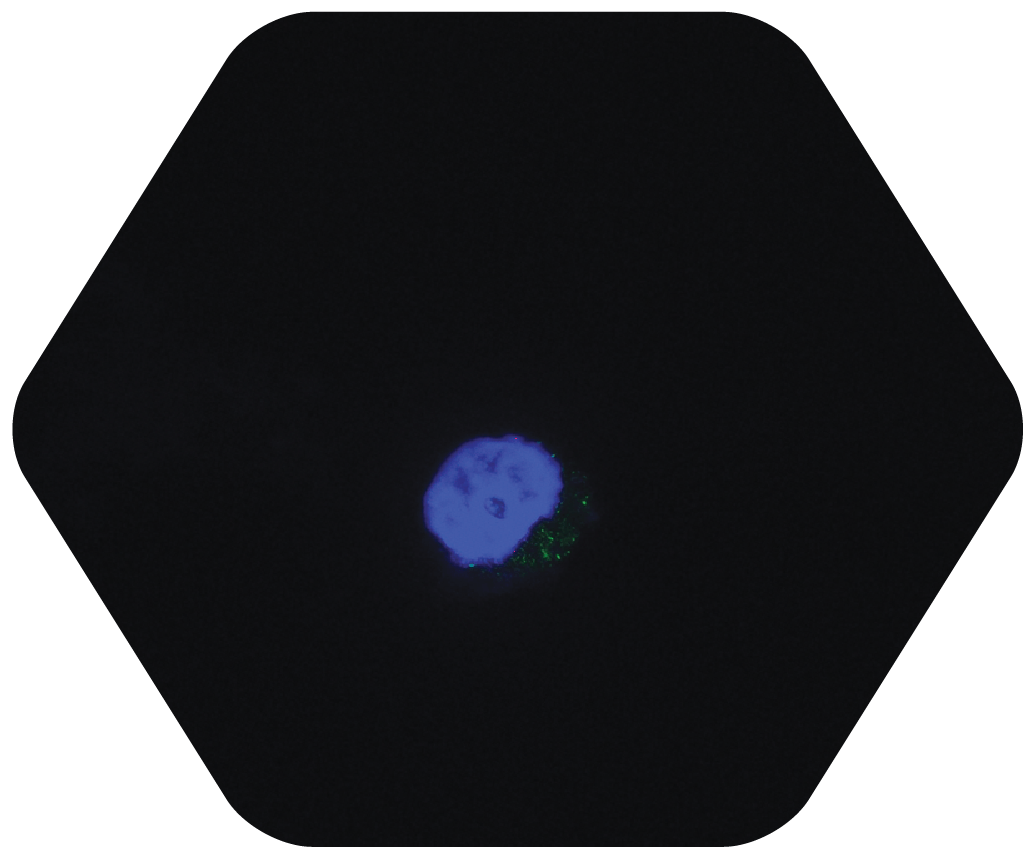
STEP 5
CHCP Interrupts the Cell Cycle of the Cancer Cell, Reducing Viability, Leading to Apoptosis
1. Canady Helios Cold Plasma Induces Breast Cancer Cell Death by Oxidation of Histone mRNA
Sep 2021 – Xiaoqian Cheng, Saravana R. K. Murthy, Taisen Zhuang, Lawan Ly, Olivia Jones, Giacomo Basadonna, Michael Keidar, Yasmine Kanaan, and Jerome Canady
The Treatment Process

STEP 2
Tumor Removed with Canady Hybrid Plasma Scalpel

STEP 3
Tumor Margins Sprayed with Canady Helios Cold Plasma (CHCP)

STEP 5
CHCP Interrupts the Cell Cycle of the Cancer Cell, Reducing Viability, Leading to Apoptosis

STEP 1
Cancerous Tumor Located in Breast

STEP 4
Microscopic Cancer Cells are Selectively Targeted with CHCP
The Application of Canady Helios™ Cold Plasma

STEP 1
Cancerous Tumor Located in Breast

STEP 2
Tumor Removed with Canady Hybrid Plasma Scalpel

STEP 3
Tumor Margins Sprayed with Canady Helios Cold Plasma (CHCP)

STEP 4
Microscopic Cancer Cells are Selectively Targeted with CHCP

STEP 5
CHCP Interrupts the Cell Cycle of the Cancer Cell, Reducing Viability, Leading to Apoptosis